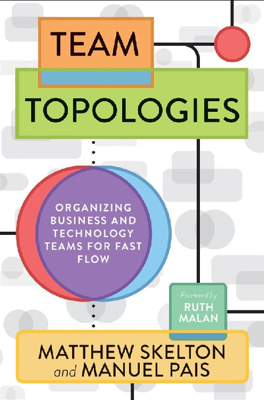Conway’s Law and Why It Matters
Understanding and Applying Conway's Law
Conway's Law is a fundamental principle emphasizing that a system's architecture is a mirror of the organizational structure of the company that designs it. Originating from Mel Conway's insights in 1968, it remains relevant despite advances in technology like microservices and cloud computing. This law suggests that the communication pathways within an organization strongly dictate the architectural possibilities of its software systems. If an organization is structured in siloes focusing on specific functions, it's unlikely to produce software well-architected for end-to-end flow due to the fragmented communication pathways among teams.
Examples of Conway's Law in Action
Large organizations often struggle with legacy systems like monolithic databases that aggregate business logics, making them resistant to modern practices such as DevOps or microservices. This resistance stems from existing team structures and communication strategies that no longer align with current technological needs. The sportswear company Adidas serves as an example, where reevaluating their team organization under Conway’s Law led to significant improvements in their software delivery capabilities and overall product quality.
The Impact of Research and Real-World Application
Research across various domains, including vehicle manufacturing and software development, reinforces Conway's Law, showing that product architecture consistently reflects organizational structure. Harvard Business School studies on open-source and proprietary software validate this, observing that products inherently mimic the organizational hierarchies within which they are developed.
Strategic Implications and the Reverse Conway Maneuver
Understanding Conway's Law is not merely academic; it has practical strategic implications. By intentionally designing organizational structures, companies can influence and control the type of architectures their teams can effectively develop. The "Reverse Conway Maneuver," popularized in discussions about DevOps, involves reconfiguring team structures before software development concludes to promote architectures that enhance workflow efficiency and inter-team independence. This strategy helps avoid compounded technical debts and fosters software systems that are adaptable and modular, subsequently aligning more closely with business needs and customer demands.
